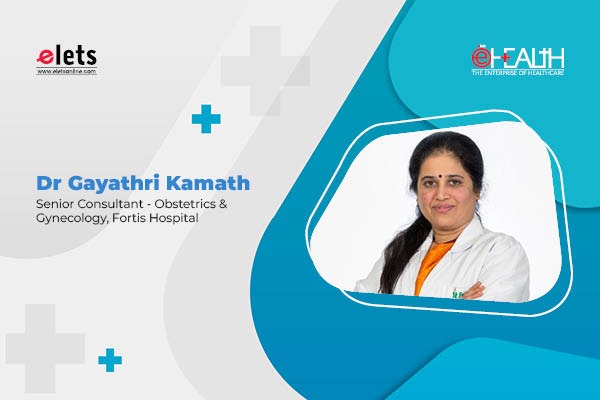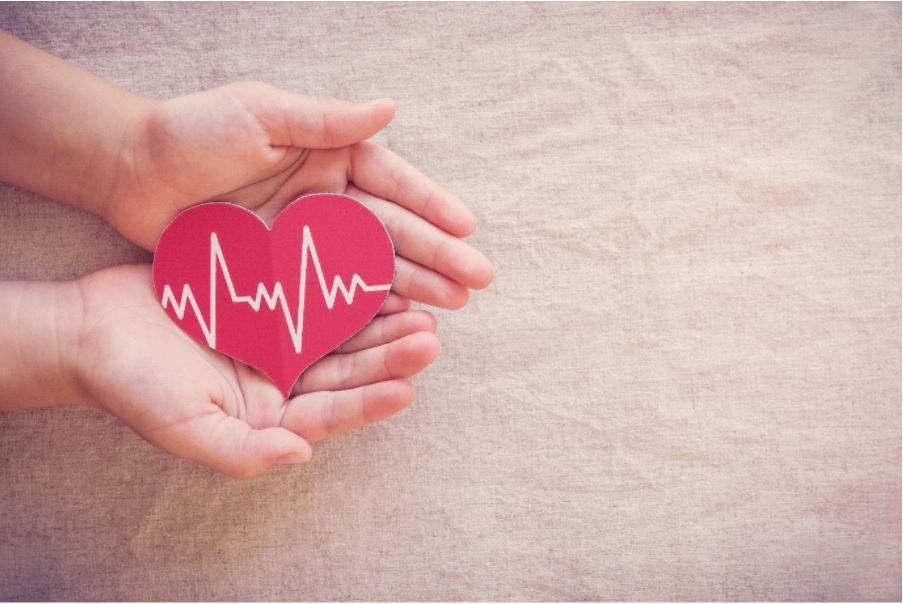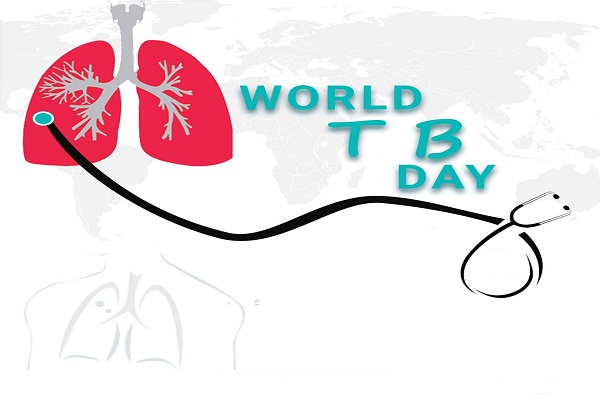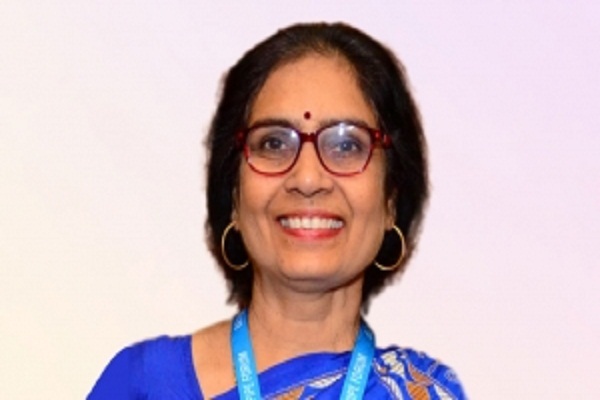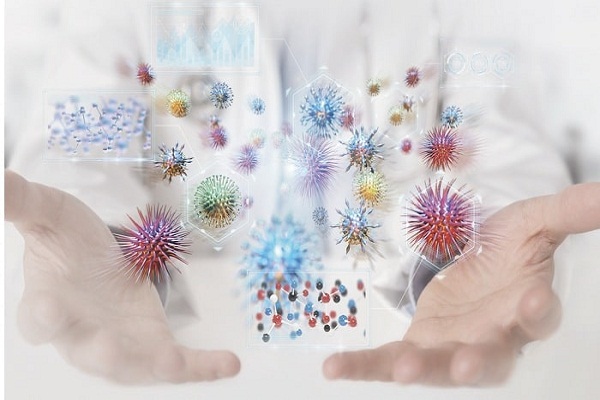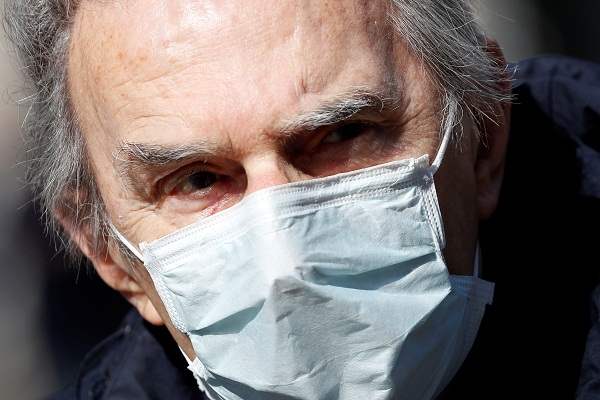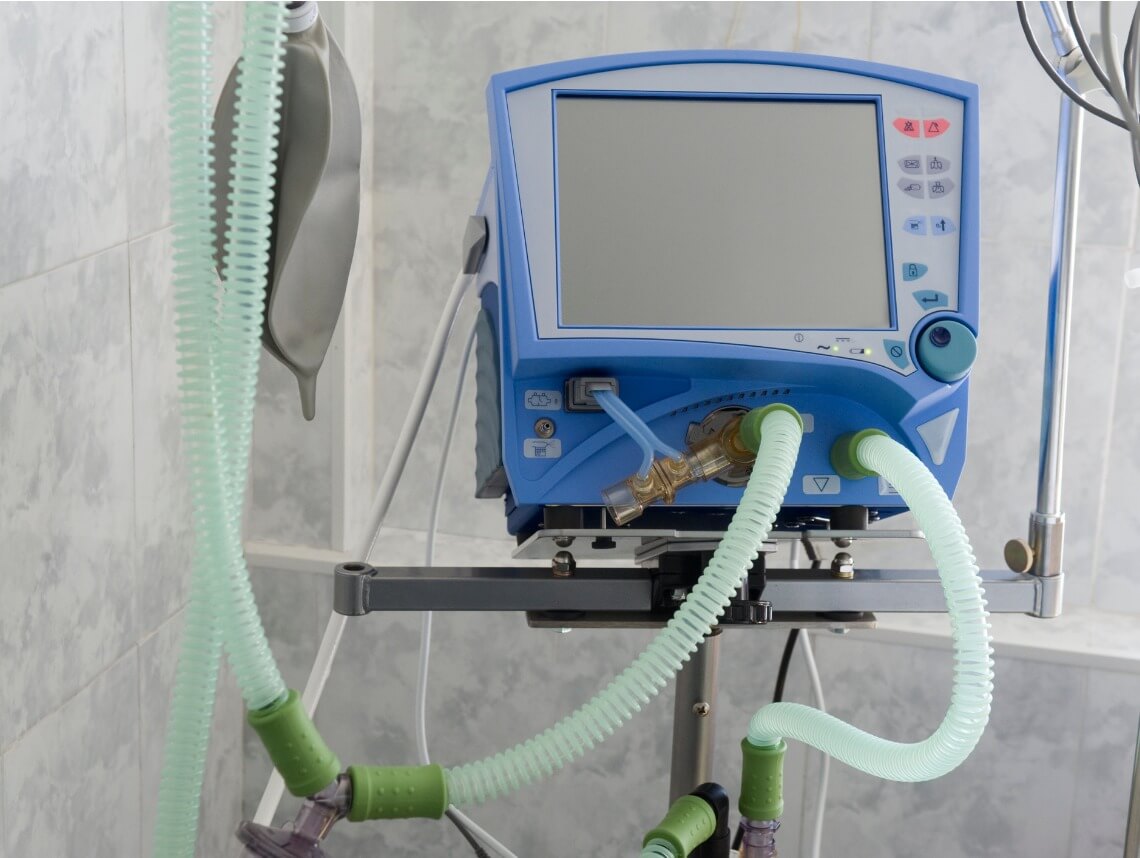
When the patient is unable to breathe well, the doctors would put the patient on a ventilator which will assist in his/her breathing. At times, the ventilator has to be used inside operation theatre to facilitate a surgery. This process is done by the doctor by passing a small tube (Endotracheal Tube), under anesthesia, through the mouth which connects the patient to a machine, helping the patient to breathe. This machine is called as the ‘ventilator’ and the entire process is called as Mechanical Ventilation.
Newer generation ventilators are very advanced and are equipped with software & micro processor technology which helps to make the entire process safe & effective. They help make the process of ventilation much easier by effectively synchronising with the patient breathing. In this setting, Intensive Care Unit (ICU) nurses and doctors, called as Critical Care Specialist or Intensivists, care for the patients on ventilator.

Generally when the patient is put on a ventilator, they are sedated and good amount of analgesia is delivered to help them get good rest and remain pain free.That is the reason that such patients may also look sleepy. However, it is important to understand that the ventilator is only respiratory support; the heart and the rest of the organs keep functioning naturally. Good flow of oxygen via the ventilator will help the other organs function well.

At such times, the patient will not be able to speak as the Endotracheal Tube passes through the voice box. Even though your patient cannot speak to you, he or she may be still able to see, hear and understand what you say. Patients when recovering may be able to communicate by writing on a pad of paper. They could also communicate by other techniques, for example by gestures, or by using software or iPad based applications like the ‘Vocalizer’.

As the patient starts improving, the ventilator support is gradually reduced; this process is called as “weaning from the ventilator”. Non-critical patients are supported by ‘non-invasive ventilation’. For non-invasive ventilation, the patient may be connected to the ventilator without an Endotracheal Tube but via a mask. Here the patient can speak, eat and cough normally. If there is something that has changed healthcare in a big way, it is the development of this advanced, safe, effective, life saving technology, called the ‘ventilator’.

(Disclaimer: Writer is Dr Sanjith Saseedharan, Head, Intensive Care Unit, S L Raheja Hospital. Views expressed are a personal opinion.)
Be a part of Elets Collaborative Initiatives. Join Us for Upcoming Events and explore business opportunities. Like us on Facebook , connect with us on LinkedIn and follow us on Twitter , Instagram.
"Exciting news! Elets technomedia is now on WhatsApp Channels Subscribe today by clicking the link and stay updated with the latest insights!" Click here!







